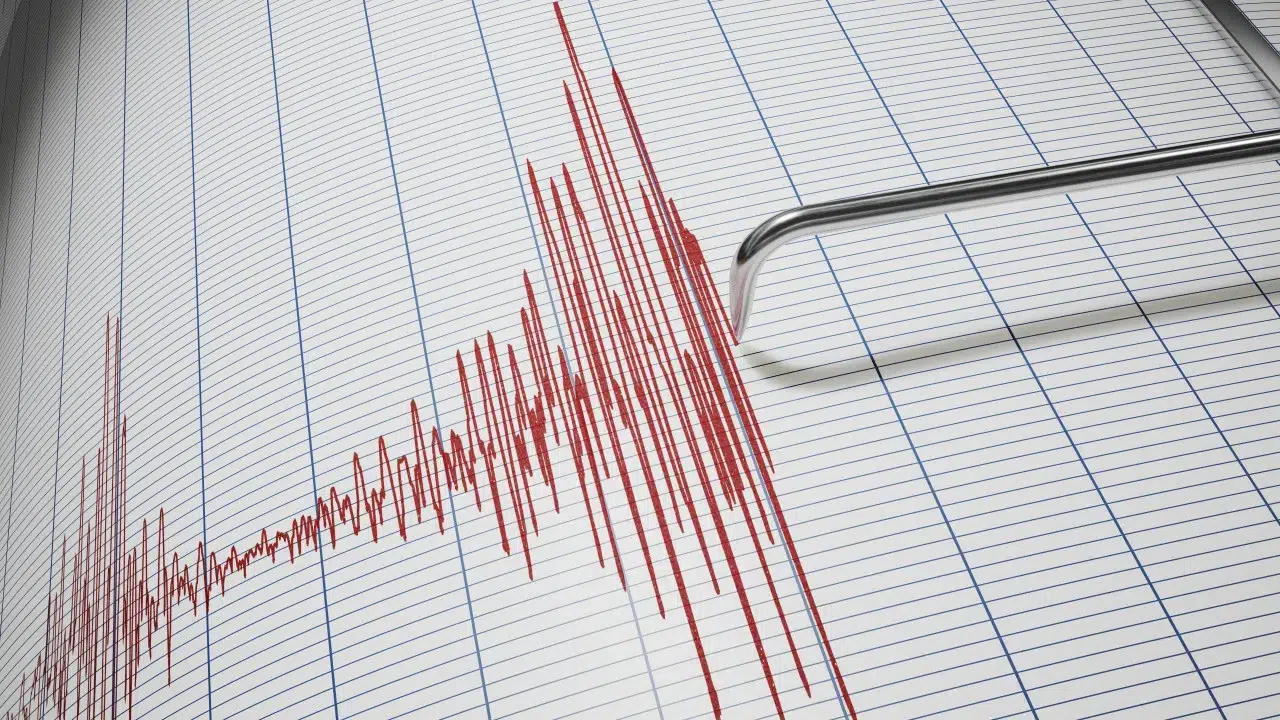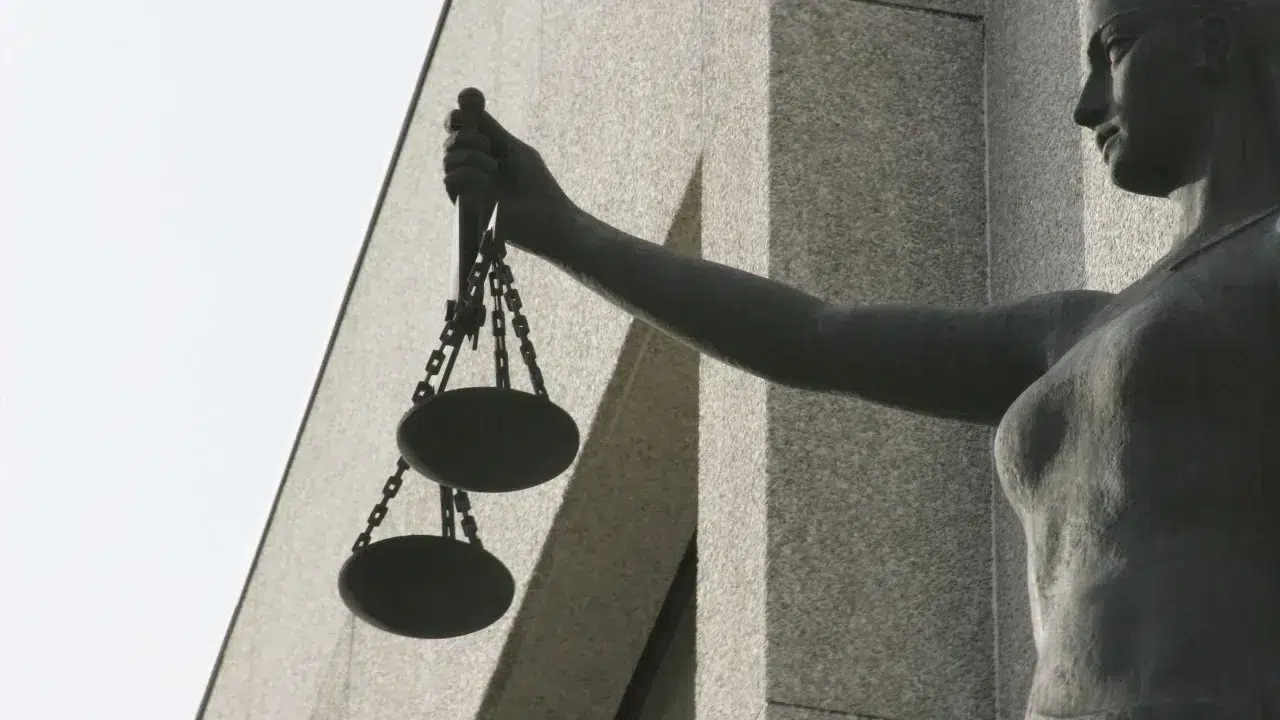
The Portuguese Institute for Sea and Atmosphere (IPMA) announced that the most significant tremors took place on June 15 (magnitude 3.3 on the Richter scale) and the following day (magnitude 3.7).
Six of the earthquakes recorded on São Miguel island were reported as felt, with the June 16 quake at 9:55 PM being experienced with a maximum intensity of III/IV in the municipality of Povoação, alongside over a dozen other quakes that might have been felt, although there’s no confirmation.
The increase in seismic activity since June 4 has occurred in a submerged zone located approximately 10 to 25 kilometers south/southeast of Ribeira Quente, in the Povoação municipality, on São Miguel island.
Such seismic activity is characteristic and relatively frequent in the Azores archipelago, with examples including seismic crises in the northwest of Faial (2014, 2015, and 2019), the statement adds.
The note also mentions another more distant zone, southeast of São Miguel in the Povoação Trough (Formigas islets area), where seismicity has been occurring, with a significant event on June 13 reaching a magnitude of 4.6 and being slightly felt, with maximum intensity III, in Povoação.
“The pattern of this recent seismic activity suggests that seismic events may continue in the coming hours or days,” it reads.
The IPMA ensures that, through its seismic network in the Azores and its Seismic Surveillance Centers in the Azores and at headquarters in Lisbon, it continues to monitor the situation, issuing statements “whenever deemed pertinent.”
According to the Richter scale, earthquakes are classified by magnitude as micro (less than 2.0), very minor (2.0-2.9), minor (3.0-3.9), light (4.0-4.9), moderate (5.0-5.9), strong (6.0-6.9), major (7.0-7.9), great (8.0-8.9), exceptional (9.0-9.9), and extreme (greater than 10).
The Modified Mercalli Intensity scale measures “degrees of intensity and respective description.”
An intensity III tremor is considered weak, felt indoors, with hanging objects swinging, resembling the vibration caused by heavy vehicle traffic, describes the IPMA on its website.
An intensity IV, considered moderate, causes hanging objects to swing, and the vibration is similar to that caused by passing heavy vehicles or the impact of a heavy ball striking walls, parked cars sway, windows, doors, and dishes rattle, glass and dishes clash or clink, and at the upper end of this degree, walls and wooden structures creak.




